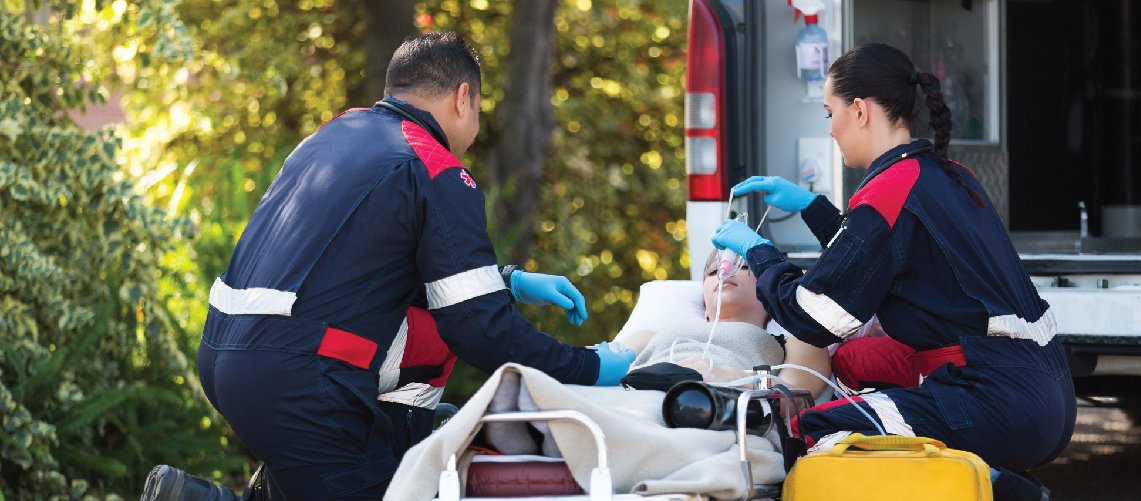Emergency First Aid

Course Summary
Be Prepared. Save Lives. Make a Difference.
In an emergency, the first few moments are critical. Knowing how to respond swiftly can mean the difference between life and death. This course provides hands-on training to assess emergencies, take immediate action, and provide care until professional help arrives.
Medical emergencies can affect people of all ages, requiring specific first aid techniques. This course prepares you to administer the right care for infants, children, and adults. By following CSA Z1210-17 Standards, the training meets national safety requirements, ensuring you learn current and effective emergency response skills.
Equip yourself with the knowledge and confidence to save lives and contribute to a safer community.
What This Course Covers
● CPR (Level C) – For adults, children & infants
Learn chest compression and rescue breathing techniques tailored for different age groups. This training helps restore blood circulation and oxygen flow to the brain in case of cardiac arrest.
● AED Training – Learn to use an Automated External Defibrillator
An AED can significantly increase survival chances in the event of sudden cardiac arrest. You’ll learn how to safely operate an AED, understand voice prompts, and ensure proper pad placement for different age groups.
● Choking & Airway Emergencies – How to respond quickly & effectively
Recognize the signs of choking and perform back blows and abdominal thrusts (Heimlich maneuver) to clear blocked airways. This includes techniques for infants, children, and adults who may be choking.
● Bleeding & Wound Care – Control bleeding & treat injuries
Learn how to stop excessive bleeding, clean wounds, and apply bandages properly. This section covers different types of wounds, including cuts, abrasions, punctures, and burns, to prevent infection and further injury.
● Shock & Emergency Response – Recognize & manage life-threatening conditions
Understand the signs and symptoms of shock, stroke, heart attack, and other critical emergencies. You’ll learn how to provide initial care while waiting for medical assistance, ensuring the best possible outcome for the patient.
Learn chest compression and rescue breathing techniques tailored for different age groups. This training helps restore blood circulation and oxygen flow to the brain in case of cardiac arrest.
● AED Training – Learn to use an Automated External Defibrillator
An AED can significantly increase survival chances in the event of sudden cardiac arrest. You’ll learn how to safely operate an AED, understand voice prompts, and ensure proper pad placement for different age groups.
● Choking & Airway Emergencies – How to respond quickly & effectively
Recognize the signs of choking and perform back blows and abdominal thrusts (Heimlich maneuver) to clear blocked airways. This includes techniques for infants, children, and adults who may be choking.
● Bleeding & Wound Care – Control bleeding & treat injuries
Learn how to stop excessive bleeding, clean wounds, and apply bandages properly. This section covers different types of wounds, including cuts, abrasions, punctures, and burns, to prevent infection and further injury.
● Shock & Emergency Response – Recognize & manage life-threatening conditions
Understand the signs and symptoms of shock, stroke, heart attack, and other critical emergencies. You’ll learn how to provide initial care while waiting for medical assistance, ensuring the best possible outcome for the patient.
